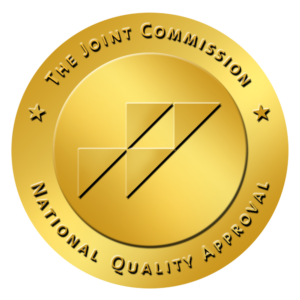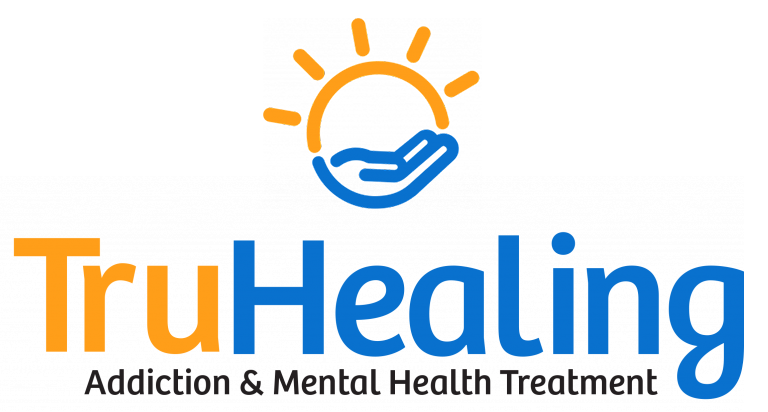Attachment theory describes how people approach relationships. A child’s relationship with their caregivers plays a large role in how they relate later in life. However, it’s possible to start healing from an attachment style that is causing distress at any time. This typically takes building healthier relationships and doing inner work.
The attachment types are anxious-insecure, avoidant-insecure, disorganized-insecure, and secure. A person’s attachment style may change depending on the relationship.[1]
I know that mine can shift not just by relationship type, but by person, based perhaps on their attachment style. However, we tend to have a go-to style, especially in relationships where intense emotions are involved.
People with anxious-insecure attachment may require a lot of reassurance that people care about them, be overly attuned and sensitive to the moods of their partner or other people in their life, worry that people will abandon them, and have difficulty trusting others. Inconsistency from an early caregiver is believed to be a contributing factor, as the child didn’t know what to expect and became confused.
Those with avoidant-insecure attachment may have had caregivers who were largely unavailable, so they had to meet their needs on their own. As adults, they can have a fear of closeness. They tend to have trouble showing their emotions or expressing any needs.
Disorganized-insecure attachment typically occurs when a child loves the caregiver, but fears them. This causes internal conflict, where the child learns to seek support and care from someone they are afraid of. People with this style may deeply crave love and connection, but fear it. They may engage in a push-pull dynamic with others and display inconsistent behavior.
People with secure attachment have a healthy relationship to intimacy, where they can be close to others while maintaining a strong sense of self. According to Healthline.com, “A secure attachment bond that meets a child’s need for security, calm, and understanding allows for optimal development of the child’s nervous system.”
Insecure attachment styles are known to be a risk factor for substance use disorders. According to a study in Frontiers in Psychiatry, “A host of cross-sectional studies consistently replicated the finding of a general link between insecure attachment and SUDs. Secure attachment is only occurring in experimental substance users and in healthy controls…Longitudinal studies and meta-analyses indicate that secure attachment is a protective factor against substance abuse, and insecure attachment is a risk factor for substance abuse…Additionally, there is moderate meta-analytic longitudinal evidence for a negative impact of substance abuse on attachment.”[2]
This not only suggests that attachment plays a role in addiction, but that attachment can heal in recovery. Many of us experienced toxic or messy relationships during active addiction. In recovery, we can learn about our attachment style(s) and what may have contributed to them, work on ourselves, and build healthier relationships.
If you’re in this process, try to have compassion for yourself. All the attachment styles are based on a very human need for love, care, and validation. It can go a long way to show yourself those things as you heal.
If you are struggling with a substance use or mental health disorder, there is help and hope. TruHealing Centers offers high-quality treatment for addiction and mental health disorders in facilities across the country. Our staff—many of whom are in recovery themselves—will treat you with compassion and empathy as you heal and working towards long-term recovery. Call an admissions specialist at 410-593-0005.
[1] https://www.researchgate.net/publication/263919357_Comparisons_of_Close_Relationships_An_Evaluation_of_Relationship_Quality_and_Patterns_of_Attachment_to_Parents_Friends_and_Romantic_Partners_in_Young_Adults
[2] https://www.frontiersin.org/articles/10.3389/fpsyt.2019.00727/full







